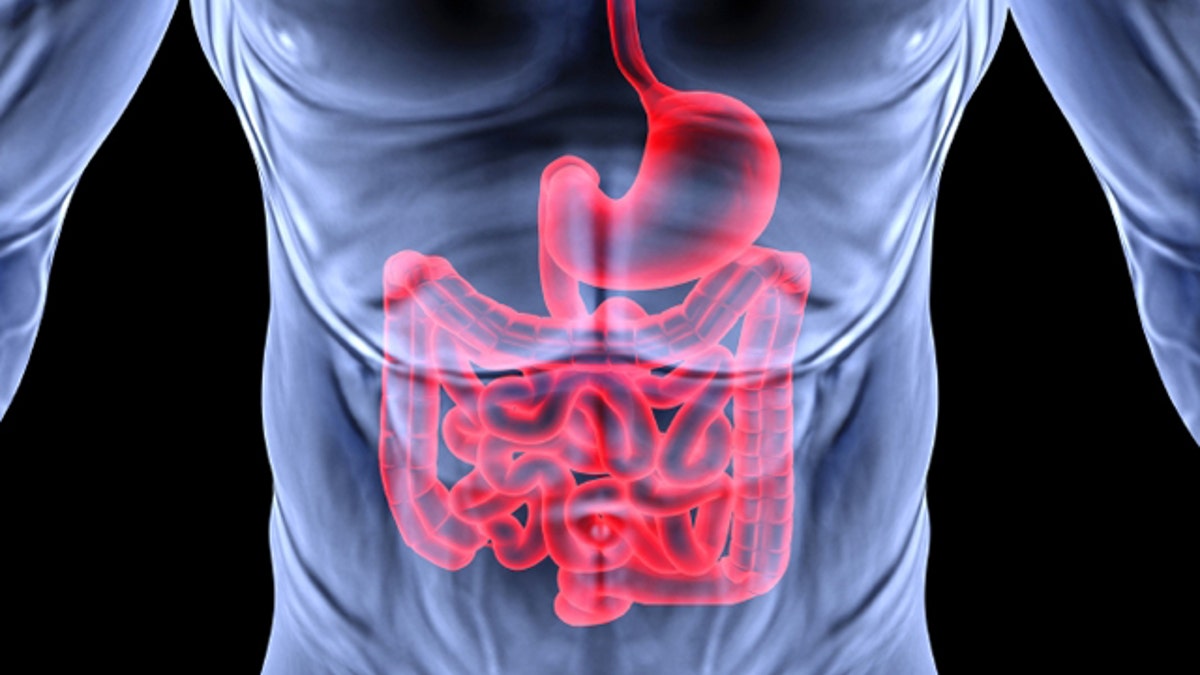
A classical set of celiac disease symptoms no longer reflects the profile of most newly-diagnosed patients, according to a new study from Italy.
Instead, doctors need to take other symptoms into account and consider the possibility of celiac disease, even when patients don’t fit the old image of the condition, researchers say.
“It’s been a gradual phenomenon since the 1970s that fewer people are presenting with the classical diarrhea and more with non-classical or silent presentation, both in adults and children,” said Dr. Peter Green, who wasn’t involved in the study.
“We don’t actually know why one person has diarrhea and another presents with abdominal pain or osteoporosis,” said Green, director of the Celiac Disease Center at Columbia University in New York.
Dr. Umberto Volta and his coauthors write in the journal BMC Gastroenterology that just 15 years ago, celiac disease was still thought of mainly as a rare pediatric food intolerance, whose most common signs were diarrhea and intestinal damage that was diagnosed through a biopsy.
The disease is now known to be an autoimmune disorder, caused by an inability to tolerate the gluten protein in wheat, barley and rye.
Eating gluten typically causes inflammation of the intestinal lining in people with celiac disease and makes it hard to absorb nutrients.
Research shows that more than 1 percent of people worldwide have the disease, but most may not know it, the authors of the study note. The diagnosis is based on a blood test for signs of the abnormal immune response, such as antibodies, as well as biopsy in some cases.
With his colleagues, Volta, a professor of medicine at the University of Bologna in Italy and vice president of the Ethical Committee at St. Orsola-Malpighi University Hospital, looked at the celiac patients diagnosed over the course of 15 years at that hospital.
The study involved 770 patients, 599 of them female, diagnosed between 1998 and 2007. Nearly half were diagnosed during the first 10 years of the study period and the rest in the last five years, indicating a steep rise in rates of diagnosis.
Among all the patients, 610 people, or 79 percent, had symptoms when they were diagnosed. But most of their problems were not the typical diarrhea and weight loss, but rather “non-classical” issues like bloating, osteoporosis and anemia. Diarrhea was a symptom in just 27 percent of patients.
Indeed, classical symptoms became less common over the years, decreasing from 47 percent of patients during the first 10 years to 13 percent in the last five. Meanwhile, other problems, as well as a lack of any significant related illness, increased by more than 86 percent.
“The most striking change in clinical presentation of celiac disease over time has been the decrease of diarrhea as the leading symptom and the progressive increase of other non-classical gastrointestinal symptoms (such as constipation, bloating and alternate bowel habits as well as gastro-esophageal reflux, nausea, vomiting and dyspepsia),” Volta said in an e-mail to Reuters Health.
“A high proportion of celiac disease patients did not show any gastrointestinal symptom, but they displayed extra-intestinal manifestations such as iron-deficiency anemia, unexplained osteoporosis, abnormalities of liver-function tests and recurrent miscarriages,” he said.
The most common illness associated with celiac was thyroid disease. Only half the patients had severe intestinal damage, and 25 percent had partial damage.
In later years, more patients were diagnosed through blood tests. That may be one factor accounting for the changing pattern of typical symptoms, Volta said, because the patients were diagnosed earlier, before gluten had done its damage.
“The effects of gluten weren’t as severe yet,” Volta said. “The story of celiac disease has been radically changed by the discovery celiac disease-related antibodies, which identify plenty of unsuspected cases.”
Green agreed that testing has vastly improved diagnosis of the disease. He said that in the United Kingdom, anyone with iron deficiency or migraine is tested for celiac disease.
While most celiac specialists understand the varied symptoms, other physicians might not, he said. Green pointed out that in the United States, only 17 percent of people with the disease are actually diagnosed.
“Anyone can have celiac disease, it’s common and underdiagnosed,” said Green. "The message we want to get out is if you think you’ve got celiac disease, don’t just go on a gluten-free diet, test for it.”
Volta said he hoped the study reminded doctors about the many problems that can signal celiac disease.
“I hope doctors keep in mind that celiac disease is a very frequent food intolerance, which should be investigated not only in patients with diarrhea and overt malabsorption, but also in people (with other symptoms),” Volta said.
“The treatment by gluten-free diet improves the quality of life in symptomatic patients and prevents complications in all celiac disease patients including those without symptoms,” he said.
